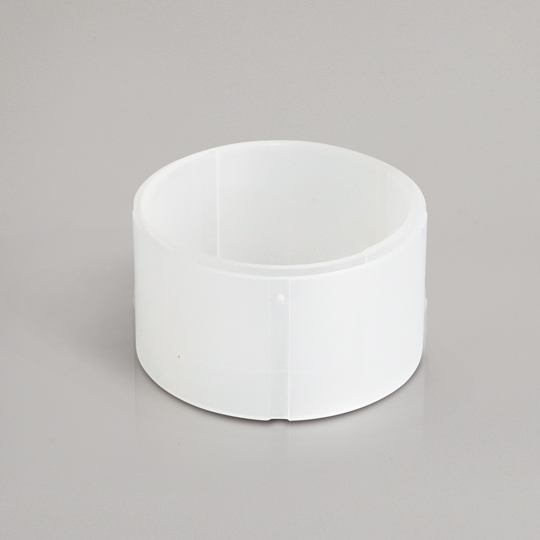Specifications:
| Application | X-ray fluorescence |
| Storage Temperature | Room Temperature |
| Product Type | Accessory |
| Product Brand | HITACHI |
| Product Grade | Analytical grade |
The Hitachi Secondary Safety Window is a protective barrier designed to safeguard your XRF (X-ray fluorescence) instrument from potential contamination due to sample leakage. Engineered to work as a secondary line of defense, this transparent window sits between the sample cup and the instrument’s detector area, preventing damage or residue buildup on sensitive internal components.
This essential consumable is recommended for use in routine or high-throughput laboratories where powdered, liquid, or semi-solid samples are frequently tested—especially in trace-level or corrosive material analysis.
Key Features & Benefits
✅ Enhanced Instrument Protection
- Acts as a secondary barrier to prevent sample spills or leaks from contaminating sensitive components.
✅ Preserves Instrument Integrity
- Minimizes downtime due to cleaning or maintenance caused by accidental leakage or rupture of sample cups.
✅ Simple Installation
- Easily placed and replaced without the need for tools, supporting quick sample turnaround.
✅ Compatible with Hitachi XRF Systems
- Designed for seamless integration with Hitachi’s range of XRF analyzers.
✅ Clear Optical Path
- Maintains accurate XRF measurement by providing high transparency with minimal signal interference.
Specifications
| Attribute | Details |
|---|---|
| Product Name | Secondary Safety Window |
| Part Number | 10003448 |
| Compatibility | Hitachi XRF Instruments |
| Function | Prevents contamination from sample leaks |
| Material | XRF-transparent polymer film |
| Quantity per Pack | 1 |
| Installation | User-replaceable, tool-free |
Applications
- Routine XRF Spectrometry
- Trace Element Analysis
- Sample Cup Leakage Control
- Cement, Mining, Metallurgy & Environmental Testing
- Quality Assurance & Safety Compliance
The Hitachi Secondary Safety Window is a cost-effective solution that protects your XRF investment by reducing contamination risks and maintaining the accuracy and longevity of your equipment. For labs performing frequent or sensitive elemental analysis, this component is an indispensable safeguard.




 0
0
